
Korea’s S-Oil runs at capacity, bets on margin recovery
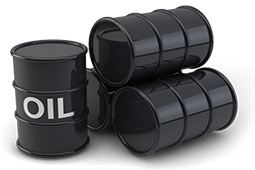
S-Oil plans to run the crude distillation units (CDUs) at its 580,000 b/d Onsan refinery at 100pc of capacity until a turnaround project in August. The refinery operated at about 94pc in the first quarter, slowed only by a repairs to an offshore mooring facility in February.
The company expects crack spreads to be strong enough to at least enable it to break even on an operating basis in the current quarter, as economic restarts boost product demand and a heavy slate of refinery maintenance shutdowns reduces supplies.
Asia-Pacific refiners with relatively weak economic competitiveness are likely to cut production to weather the demand crisis, which S-Oil sees strengthening its bet for a margin recovery in the next couple of months.
S-Oil is something of an outlier in the Korean and Asia-Pacific refining sector, where other producers are cutting rates or moving up maintenance projects as the Covid-19 pandemic crushes product demand, especially for jet fuel and gasoline. SK Innovation, South Korea's largest refiner, is accelerating a turnaround project next month and may cut operating rates at its 840,000 b/d plant in Ulsan to 60-70pc of capacity in June and July after running at 85pc since March.
Pressure from S-Oil's controlling shareholder state-controlled Saudi Aramco may be another reason behind the refiner's high run rates. Aramco is encouraging S-Oil to run at capacity to provide an outlet for its crude supplies, according to a source close to the company. This has not been confirmed by S-Oil or Aramco.
S-Oil swung to a 1 trillion won ($822.4mn) operating loss in the first quarter from a W270.4bn profit a year earlier. The company is eliminating all non-essential spending to help cope with the market downturn and has cut its 2020 capital spending budget by 25pc to W489.8bn. It also took out additional financing, including through a W680bn bond sale in March, to ensure it has enough cash to maintain stable operations and pay off debts that are due this year.
S-Oil's refining business posted W1.19 trillion in first-quarter operating losses, but its petrochemical operations yielded a W66.5bn profit as feedstock costs fell. Paraxylene profit margins will widen further in the current quarter as feedstock prices drop further and plant turnaround projects reduce supplies, S-Oil said. Polypropylene (PP) spreads are likely to strengthen on increasing demand for medical supplies, while polyolefin (PO) margins will narrow as the pandemic reduces downstream demand.
Onsan's 76,000 b/d No. 2 residual fluid catalytic cracker (RFCC) will be idled in June and July for maintenance. PP and PO units also will undergo turnarounds in June and July.
Global oil product demand will fall as much as 7.9mn b/d this year, S-Oil said, rather than rising by 1.23mn b/d as it predicted previously. It sees demand rising by as much as 5.6mn b/d in 2021. Net global refinery capacity additions next year are likely to be just 310,000 b/d, from a previous projection of 1.03mn b/d.
By Tony Cox

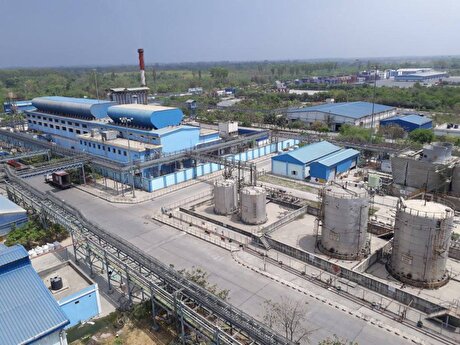
Hindustan Zinc to invest $438 million to build reprocessing plant

Gold price edges up as market awaits Fed minutes, Powell speech

Glencore trader who led ill-fated battery recycling push to exit

UBS lifts 2026 gold forecasts on US macro risks

Emirates Global Aluminium unit to exit Guinea after mine seized

Roshel, Swebor partner to produce ballistic-grade steel in Canada

Iron ore price dips on China blast furnace cuts, US trade restrictions
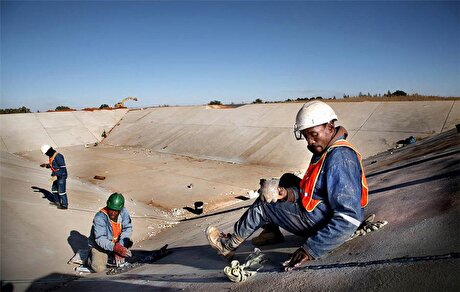
South Africa mining lobby gives draft law feedback with concerns

EverMetal launches US-based critical metals recycling platform

Barrick’s Reko Diq in line for $410M ADB backing

Gold price gains 1% as Powell gives dovish signal

Electra converts debt, launches $30M raise to jumpstart stalled cobalt refinery
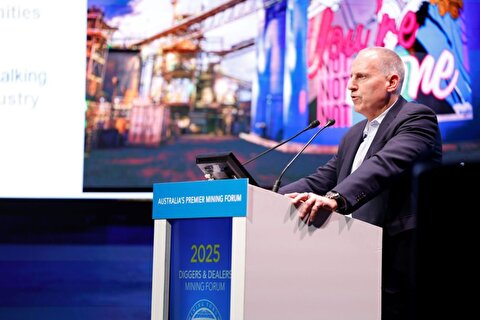
Gold boom drives rising costs for Aussie producers
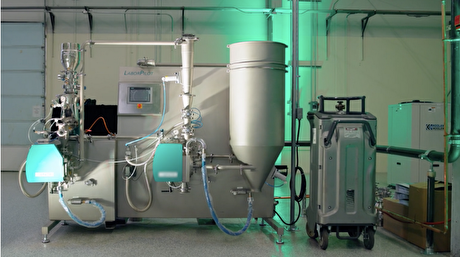
Vulcan Elements enters US rare earth magnet manufacturing race

Trump raises stakes over Resolution Copper project with BHP, Rio Tinto CEOs at White House
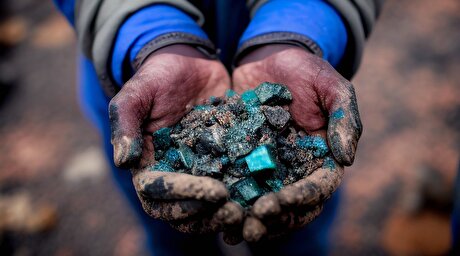
US seeks to stockpile cobalt for first time in decades

Trump weighs using $2 billion in CHIPS Act funding for critical minerals

Nevada army depot to serve as base for first US strategic minerals stockpile

Emirates Global Aluminium unit to exit Guinea after mine seized

Barrick’s Reko Diq in line for $410M ADB backing

Gold price gains 1% as Powell gives dovish signal

Electra converts debt, launches $30M raise to jumpstart stalled cobalt refinery

Gold boom drives rising costs for Aussie producers

Vulcan Elements enters US rare earth magnet manufacturing race

US seeks to stockpile cobalt for first time in decades

Trump weighs using $2 billion in CHIPS Act funding for critical minerals

Nevada army depot to serve as base for first US strategic minerals stockpile

Tailings could meet much of US critical mineral demand – study
















